Bell pepper is an important vegetable in the kitchen. It can be eaten raw, dried or boiled, and each dish with it will be tasty and healthy. Due to its bright colors, the vegetable is used to decorate salads and other holiday snacks. And yet, what are the vitamins in bell pepper? What is its main benefit?
Nutrients in a Sweet Vegetable
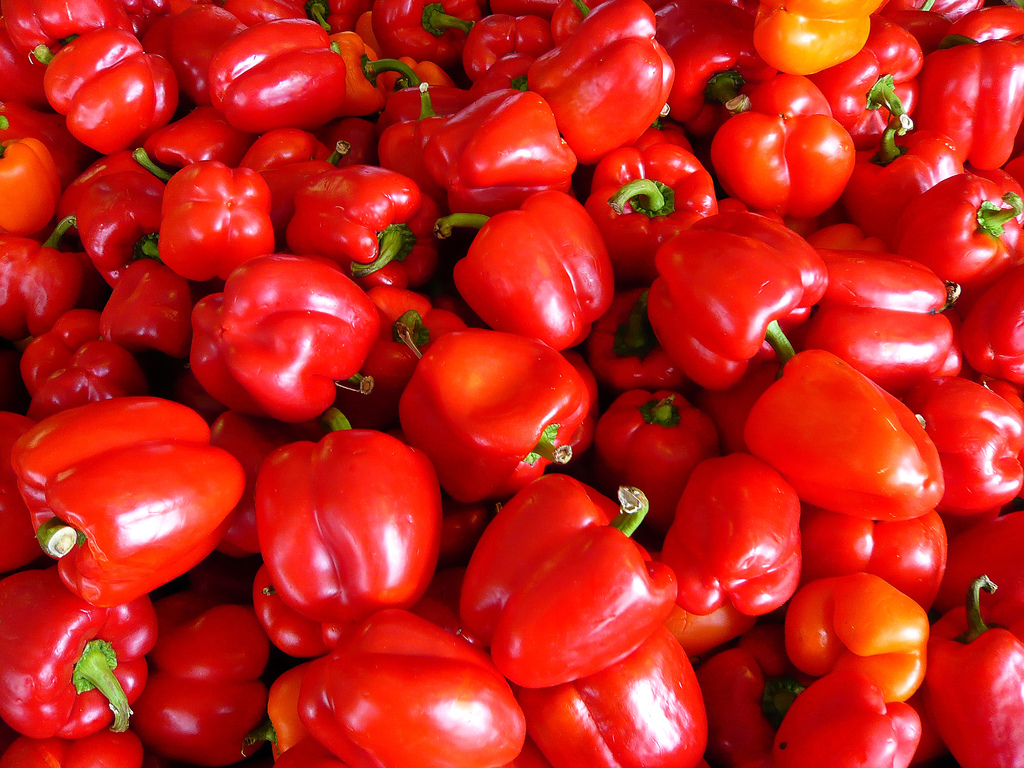
This sweet and vibrant vegetable is very rich in vitamins that are beneficial to the human body. Scientists have even learned how to make cosmetics and medicines from it.
At the moment, on sale you can find three types of bell pepper, different in color. The first representative - green - contains steroidal alcohols phytosterols. They are useful for preventing a disease such as atherosclerosis. The other two (red and yellow) are useful for people with kidney, bone, and heart diseases.
Bell pepper is included in most diets, since its calorie content is minimal. 100 grams of this beautiful and tasty vegetable contains only 30 kcal.
The percentage of significant biological elements:
- Proteins - 1.3%.
- Fats - 0%.
- Carbohydrates - 5%.
- Water - 92%.
- Fiber - 1.8%.
Vitamin composition of bell pepper
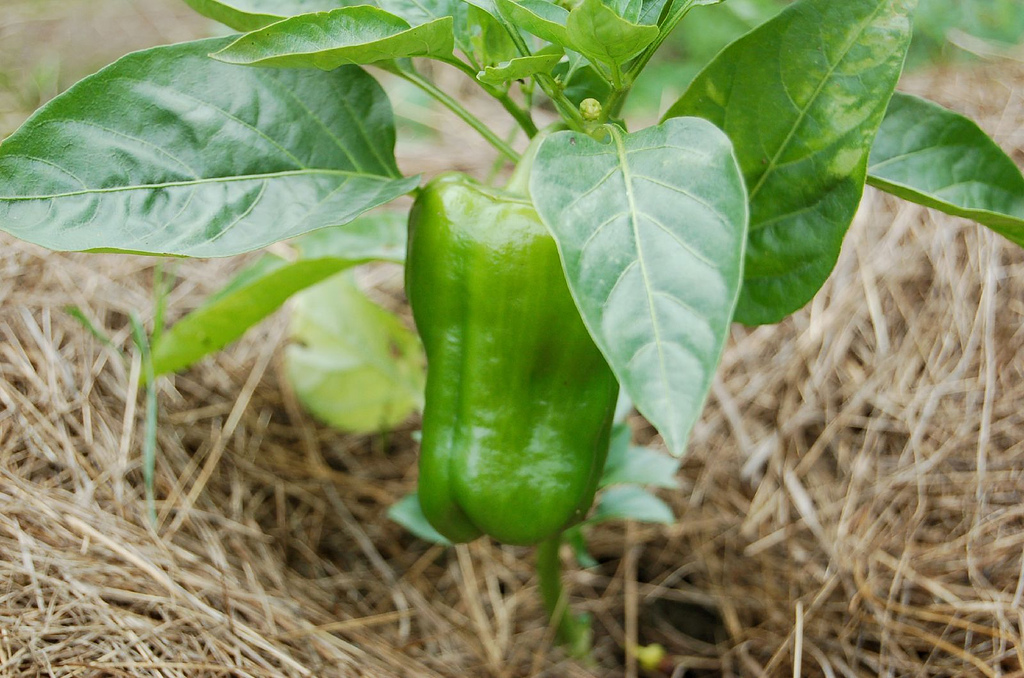
Many are looking for the answer to the question of what vitamins are in bell pepper. In fact, there are a lot of them. And thanks to this, it is considered very useful for the human body. But if the bell pepper is subjected to heat treatment, about 70% of the trace elements simply evaporate. But freshly squeezed vegetable juice is a healthy vitamin drink.
What vitamins are contained in the greatest amount of bell pepper?
Vitamins | Amount in 100 grams of vegetable (mg) |
Vitamin A | one |
Vitamin C | 130 |
Tocopherol | 1,5 |
Vitamin B 3 | one |
Pantothenic acid | 0.3 |
Pyridoxine | 0.3 |
The mineral composition of bell pepper
In addition to vitamins, in bell pepper you can find minerals that are also beneficial for the human body.
Minerals | Amount in 100 grams of vegetable (mg) |
Potassium | 200 |
Phosphorus | 25 |
Magnesium | 12 |
Calcium | 8 |
Sodium | 5 |
Detailed composition of pepper
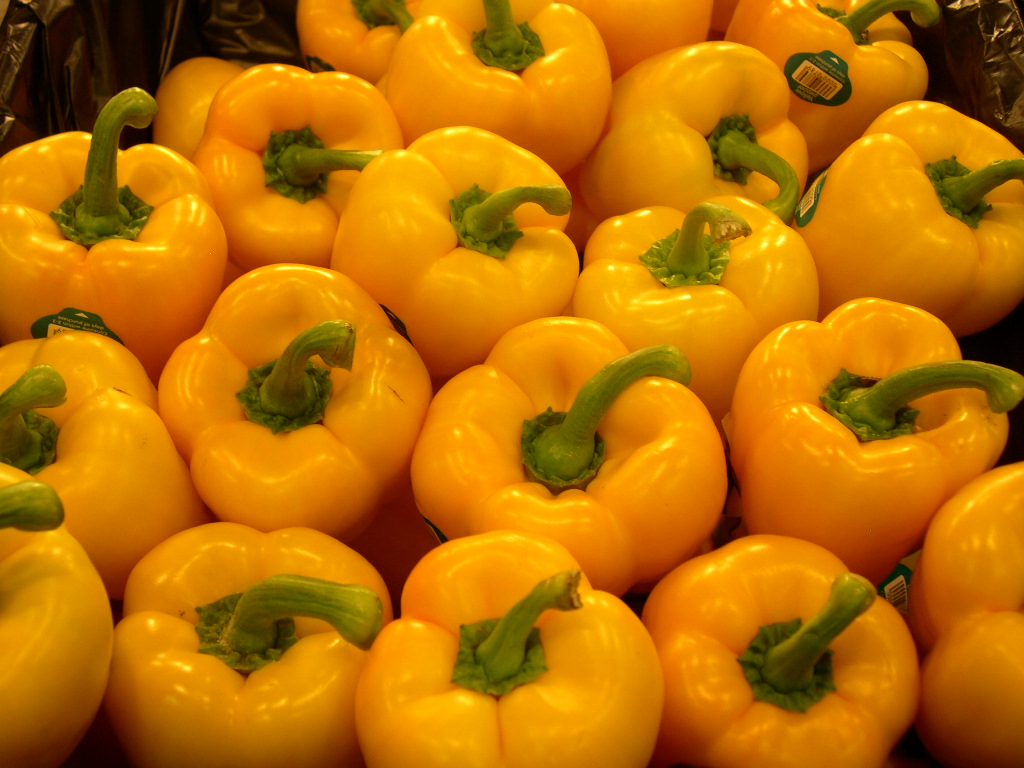
By analyzing the chemical composition of pepper, you can see its invaluable value to humans. So what are the most useful vitamins in bell pepper?
- The content of vitamin C is several times greater than in lemon. In a red vegetable, 200 g of ascorbic acid.
- The minerals in the composition help to cope with baldness, anemia and even osteoporosis.
- Capsaicin makes the taste of bell pepper unique. With it, you can lower blood pressure or improve digestion.
- Vitamin A content helps eyesight and skin. It is also good for hair and nails.
- Vitamin P will give the vessels elasticity.
- Lycopene prevents the risk of cancer.
- B vitamins normalize sleep and help deal with stress.
What are the vitamins in sweet bell pepper in less quantity:
Vitamin | Amount in 100 grams of vegetable (mg) |
Thiamine | 0.08 |
Riboflavin | 0.06 |
Vitamin PP | 1.09 |
Vitamin composition of pepper
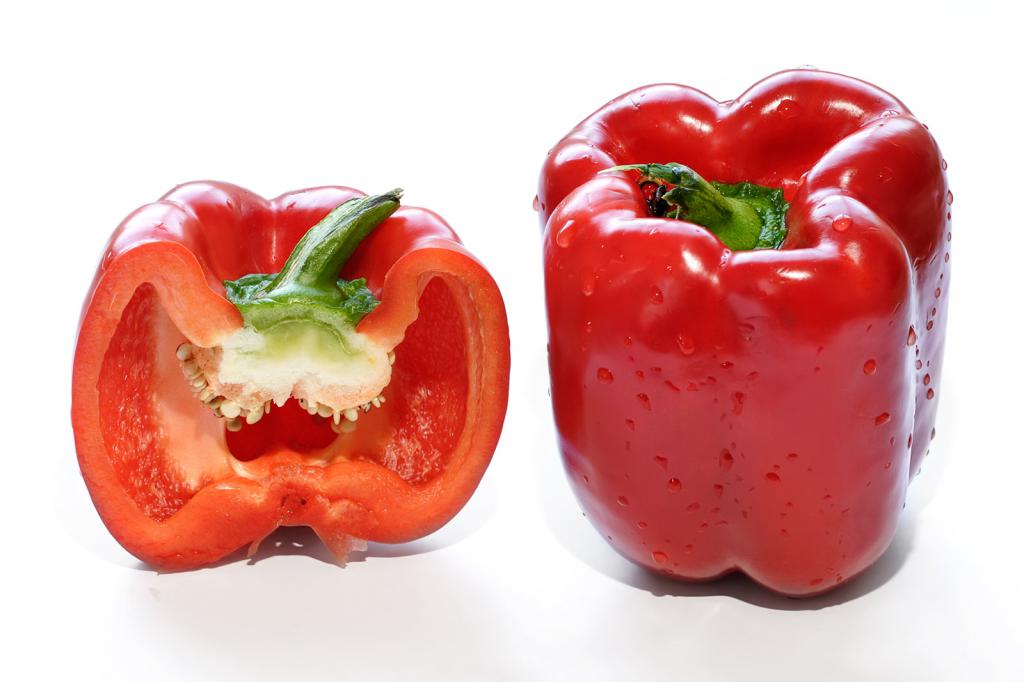
Let's try to understand what vitamins are in red bell pepper. The quantity is indicated per 100 grams of vegetable:
- Vitamin C - 150-200 mg;
- thiamine, or vitamin B 1 - 0.05 mg;
- riboflavin - 0.03 mg;
- niacin, or vitamin B 3 - 0.5 mg;
- choline - 5.6 mg;
- pantothenic acid - 0.99 mg;
- folic acid - 10 mcg;
- beta-carotene - 209 mcg;
- Vitamin K - 7.5 mcg.
Vitamins by the color of bell pepper
The common colors of sweet pepper are green, yellow, and red. Each of them is useful in its own way. Let us dwell in more detail what vitamins are in different colors of bell pepper.
- The red vegetable is sweet and juicy. What vitamins are found in red bell pepper? In fact, there are a lot of them, but the first place is occupied by vitamin retinol and ascorbic acid.
- Yellow vegetable. It is dominated by an element called rutin, which is very useful for blood vessels. Also, the amount of phosphorus and potassium in the yellow vegetable is greater than in others.
- Green pepper . What vitamins does bell pepper of this color contain? It is difficult to select any one element. But experts say that this vegetable can prevent cancer.
The choice of pepper must be taken seriously. Firstly, the vegetable should be without visible damage, beautiful and bright. Secondly, the choice of color depends on the future of the dish. If it becomes a salad, then any bell pepper will do. When the hostess is about to heat the vegetable, the best option is yellow or red pepper. After cooking, the green vegetable is bitter.
What is useful?
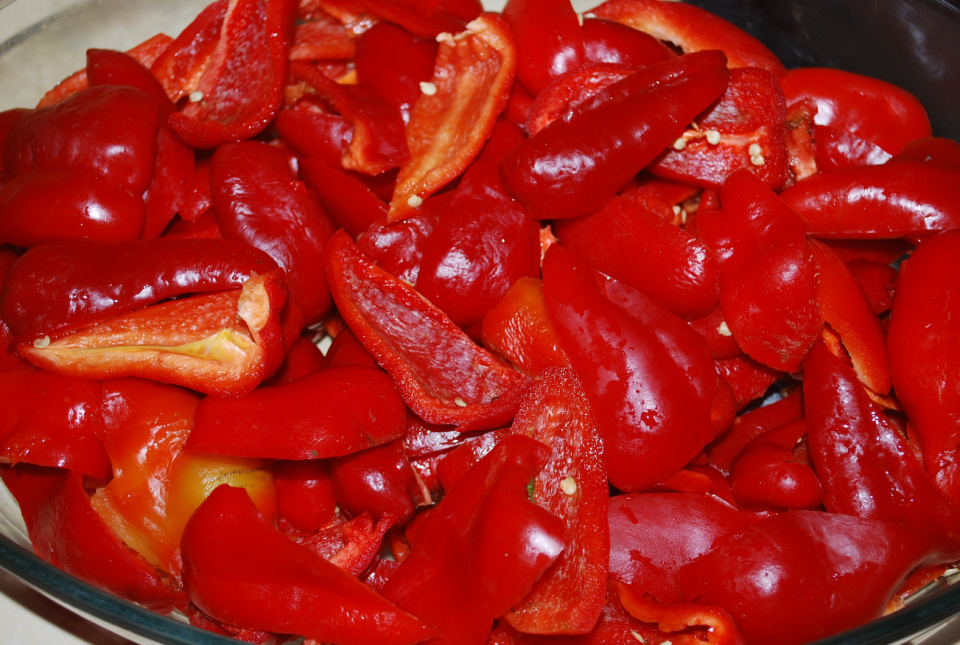
This vegetable is better to eat fresh, so you can get the greatest number of useful components that are contained in it.
Capsaicin in this product is useful for the intestines and the entire digestive tract. The pancreas begins to actively produce a secret, due to which you can notice an improvement in appetite. Also, the body is freed from harmful substances, carcinogens. Pressure stabilizes, blood flow improves. Capsaicin is able to fight various fungi.
Nutritionists advise overweight people to eat bell peppers. Firstly, the number of calories is minimal. Secondly, the metabolism in the body is accelerated.
A red shade vegetable is recommended for people whose work is related to mental stress. Beneficial substances positively affect the nervous system, cope with depression. Vitamin C significantly improves hair growth in women, prevents early baldness in men. For pregnant bell peppers are also needed. Using it, they can not worry about vessels and bones.
Sweet peppers, especially red ones, help fight anemia. A sweet vegetable contains substances that can fight cough. So with bronchitis, this vegetable should be included in the patient’s diet.
Harmful properties of pepper
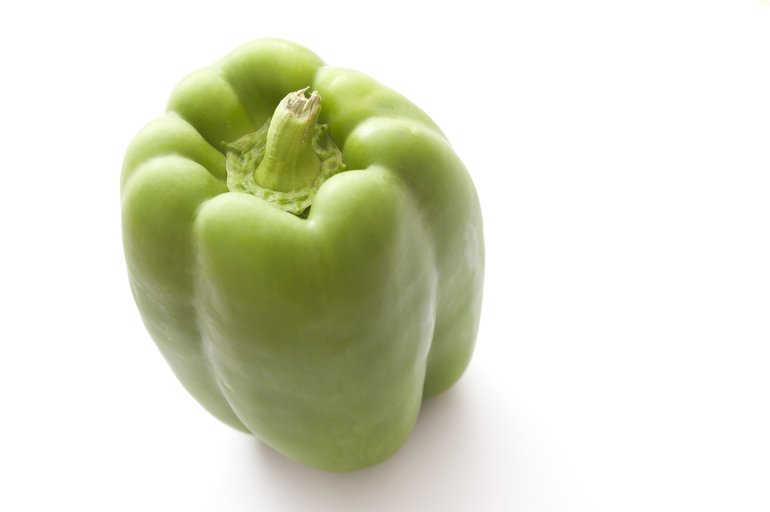
The benefit of the vegetable in question is without a doubt high, but in certain diseases the vegetable can be harmful. With the following ailments, it is better to abandon this product:
- protracted hemorrhoids;
- intestinal colitis;
- liver or kidney problems;
- angina pectoris;
- Heart arythmy;
- coronary heart disease;
- stomach ulcer;
- gastritis;
- epilepsy;
- any mental disorders.
The choice of bell pepper should be approached seriously and competently. Many farmers do not spare pesticides and various chemical fertilizers, so the vegetable becomes harmful. You need to buy only the product that has been tested in special instances. Certificates for vegetables, which the seller is obliged to present to each buyer upon request, will also be useful.
Paprika ripening occurs in July, August and September. But in supermarkets it can be seen on shelves all year round. All this is possible with nitrates and pesticides. They process the vegetable and grows in the greenhouse. Using this pepper, gradually the human body accumulates these harmful substances. Thus, a healthy vegetable can only be bought during the specified ripening period and frozen for the winter.